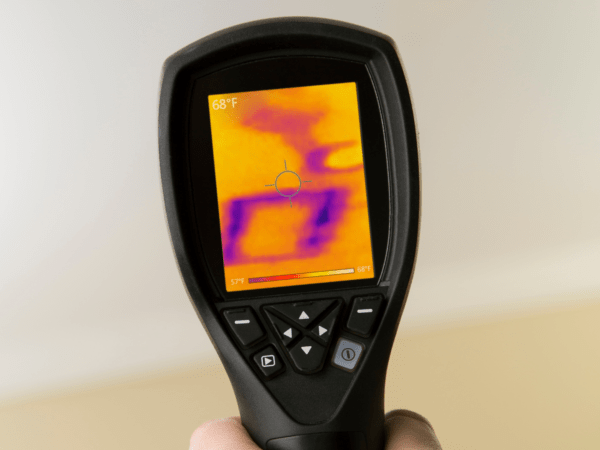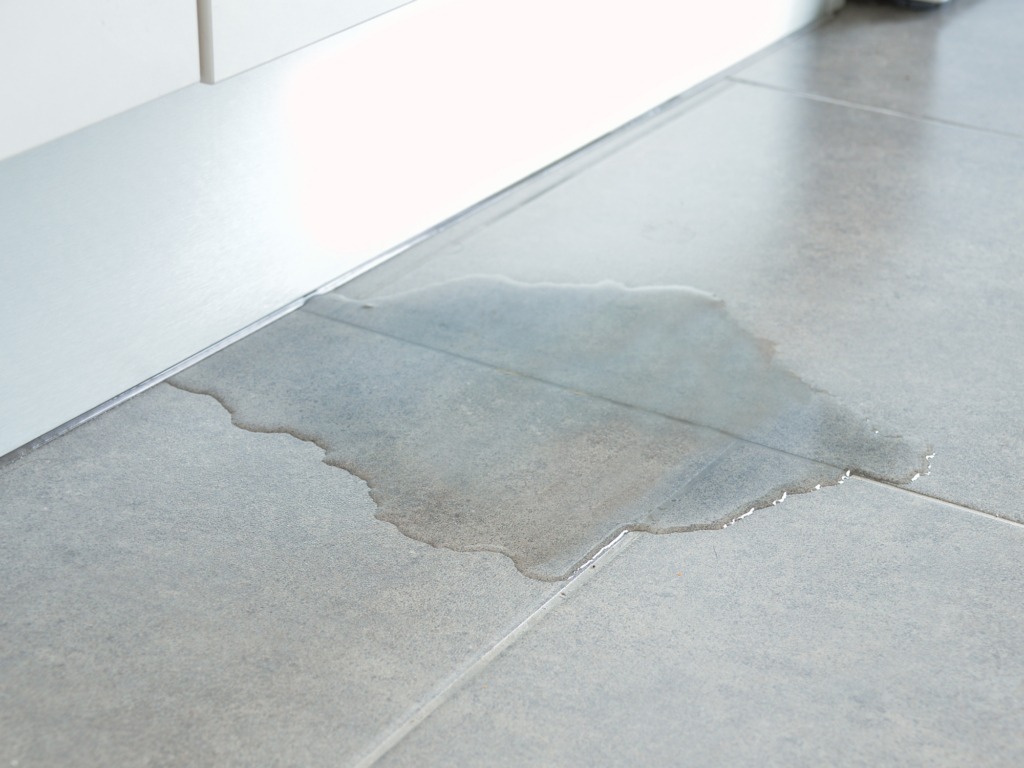Do you know the signs of water damage? Knowing what to look for can help you identify the potential for structural problems in a home you’re thinking of buying or your current residence. You’ll then know if the house is worth your investment or needs remediation to stop further structural problems.
Common Water Damage Signs:
Water Spots
 Water stains are easy to spot: yellow or brown water rings on walls, ceilings, and floors. When you notice it on drywalled ceilings and walls, these rings can tell you there’s a leak in the pipes. While these can be obvious, look closely at where the walls meet the ceiling and floors for discoloration. To tell if the water spot is new or old, feeling the spot will tell you a lot about the age. Newer water damage on drywall will still be wet to the touch while retaining its strength. Older water damage can be spongy or squishy, as the water would have changed the consistency of the material.
Water stains are easy to spot: yellow or brown water rings on walls, ceilings, and floors. When you notice it on drywalled ceilings and walls, these rings can tell you there’s a leak in the pipes. While these can be obvious, look closely at where the walls meet the ceiling and floors for discoloration. To tell if the water spot is new or old, feeling the spot will tell you a lot about the age. Newer water damage on drywall will still be wet to the touch while retaining its strength. Older water damage can be spongy or squishy, as the water would have changed the consistency of the material.
Misshapen Walls & Floors
The materials used in your house can soak up water, leading to some tell-tale signs of damage. Drywall can absorb excess moisture from leaks, and it will bubble, swell, and the paint or wallpaper can begin to peel. It’s not just the drywall – warped flooring is another reliable sign of water damage. Soft or sagging floors near the tub, shower, sinks indicate leaks from appliances like dishwashers, washing machines or a water heater. Inspect every inch of the house to see if there’s an accumulation of water inside the drywall.
The Smell Of Water Damage
The presence of water damage in a home can be unmistakable: it’s a musty scent of something rotten or stale. Wet drywall can smell like wet newspaper or cardboard, and if it’s extensive, the accumulated damage and mould growth can smell like a wet dog (it’s especially apparent if you don’t own a dog). Embrace your inner bloodhound and sniff about the property – if your notice a mouldering odour, you can bet there’s water damage.
Mould
You’ll find mould anywhere warm, moist air meets a suitable surface. It can indicate two issues: excessive humidity or a leak. Unless the source of the excess water is clear, a professional remediation company will be necessary. Mould is known to cause many respiratory infections, instigate asthma, and create severe allergic reactions. It’s an extreme sign to look out for, but if you’re feeling the worst effects of a respiratory illness, it could mean there’s mould.
Use A Moisture Detector
 Water damage behind the walls is not always easy to spot. A specialized device called a moisture detector can work for drywall. Pin moisture meters have a drywall scale setting designed to get accurate readings of moisture as low as 0.1% moisture content (MC). Once you’ve identified what you think could be a piece of drywall compromised by moisture, take readings with the moisture detector. Make sure the meter is in drywall scale mode, push the pins into the drywall, and press the button to measure the MC.
Water damage behind the walls is not always easy to spot. A specialized device called a moisture detector can work for drywall. Pin moisture meters have a drywall scale setting designed to get accurate readings of moisture as low as 0.1% moisture content (MC). Once you’ve identified what you think could be a piece of drywall compromised by moisture, take readings with the moisture detector. Make sure the meter is in drywall scale mode, push the pins into the drywall, and press the button to measure the MC.

